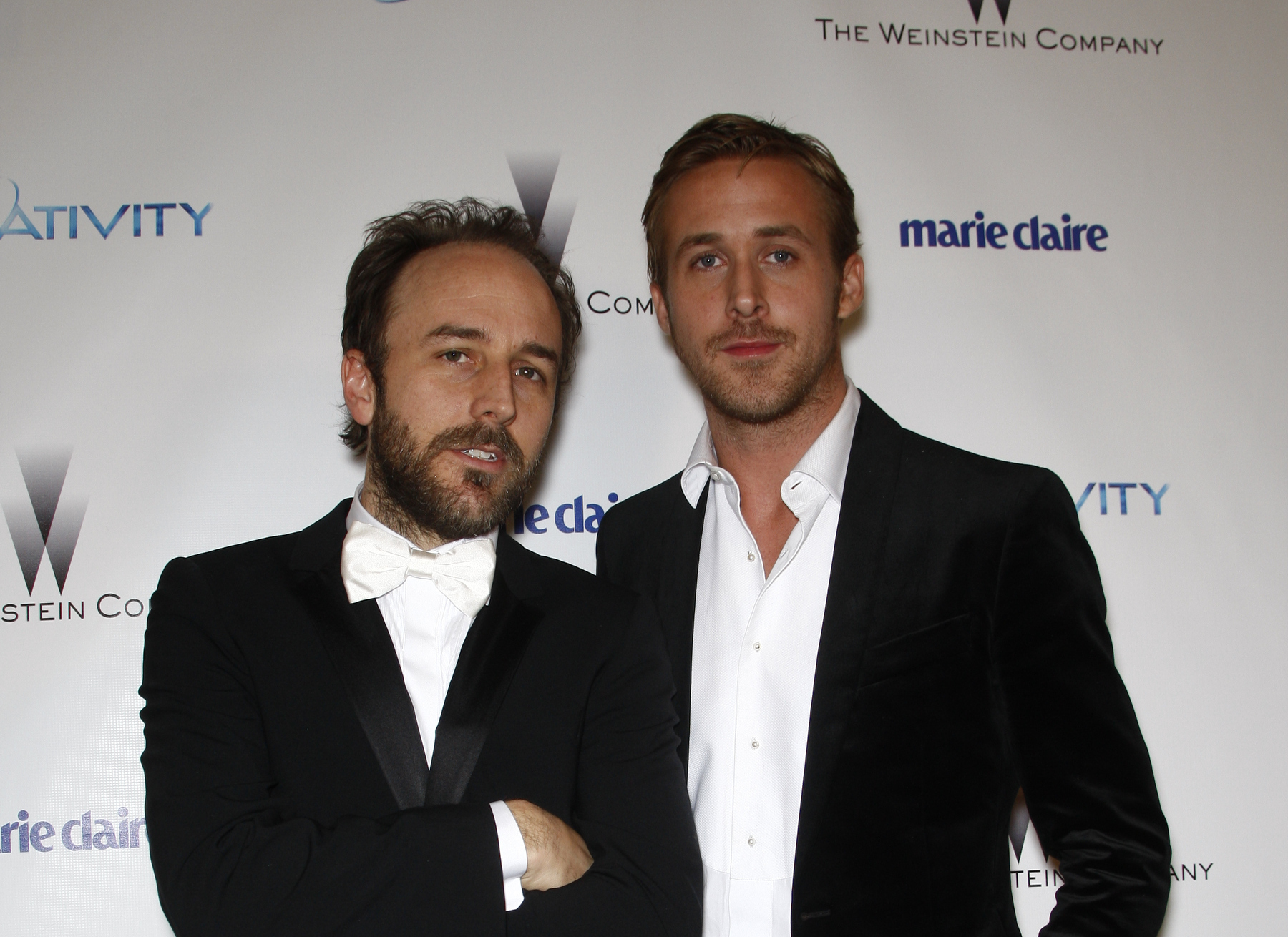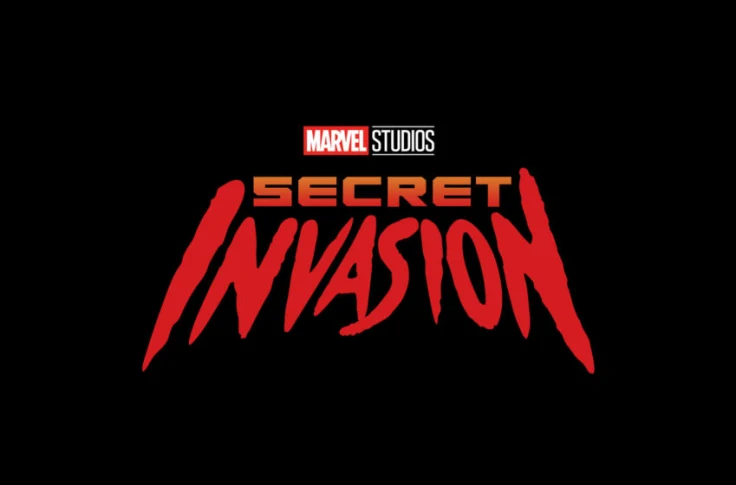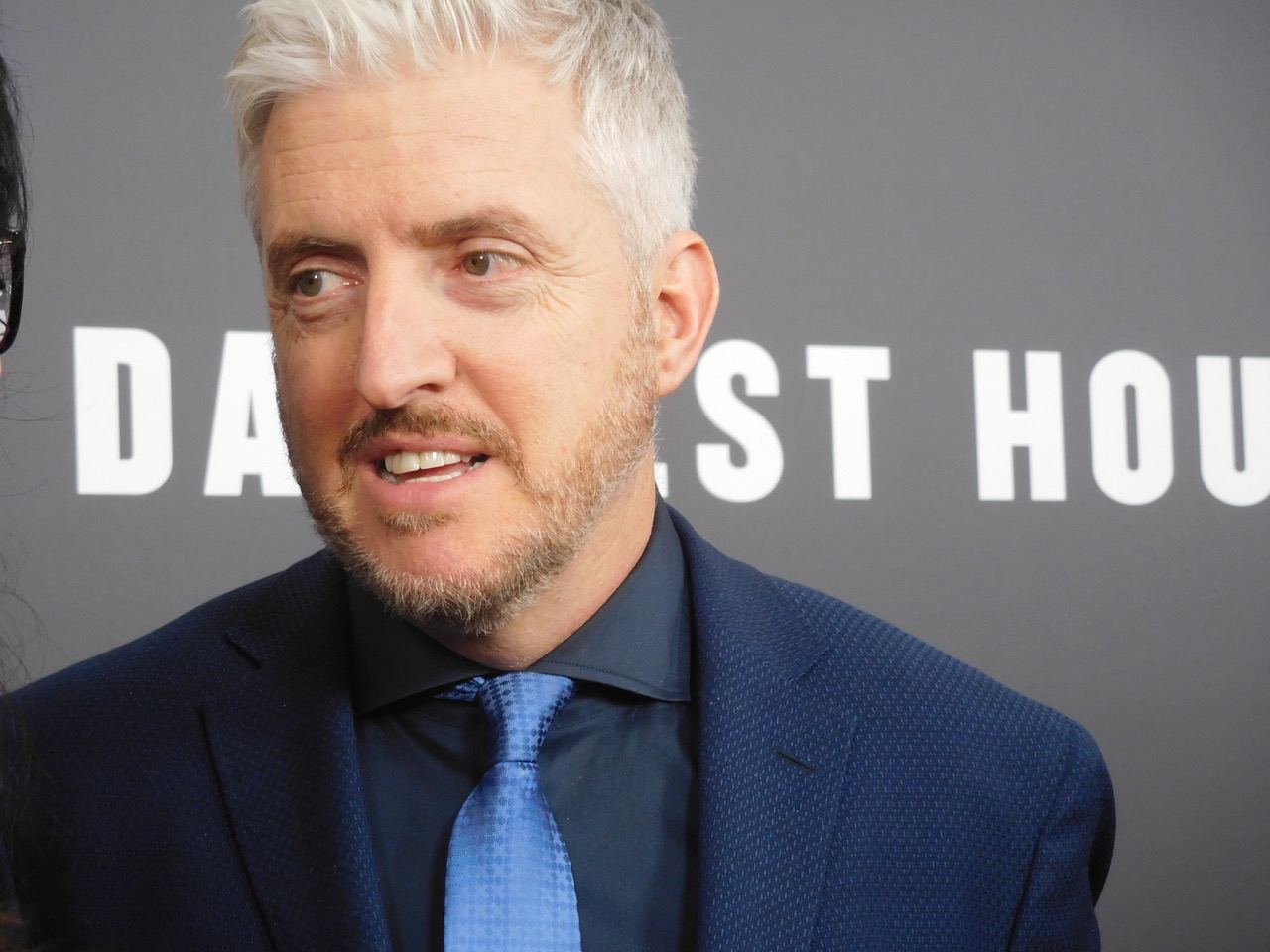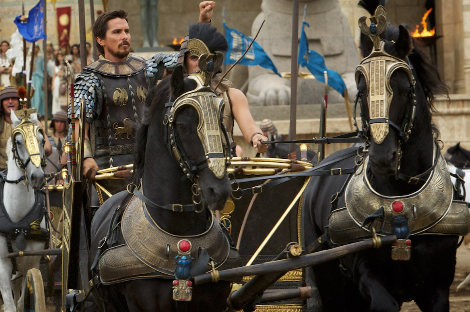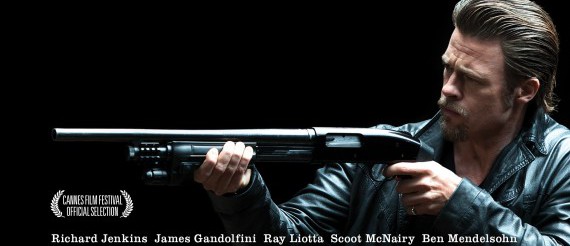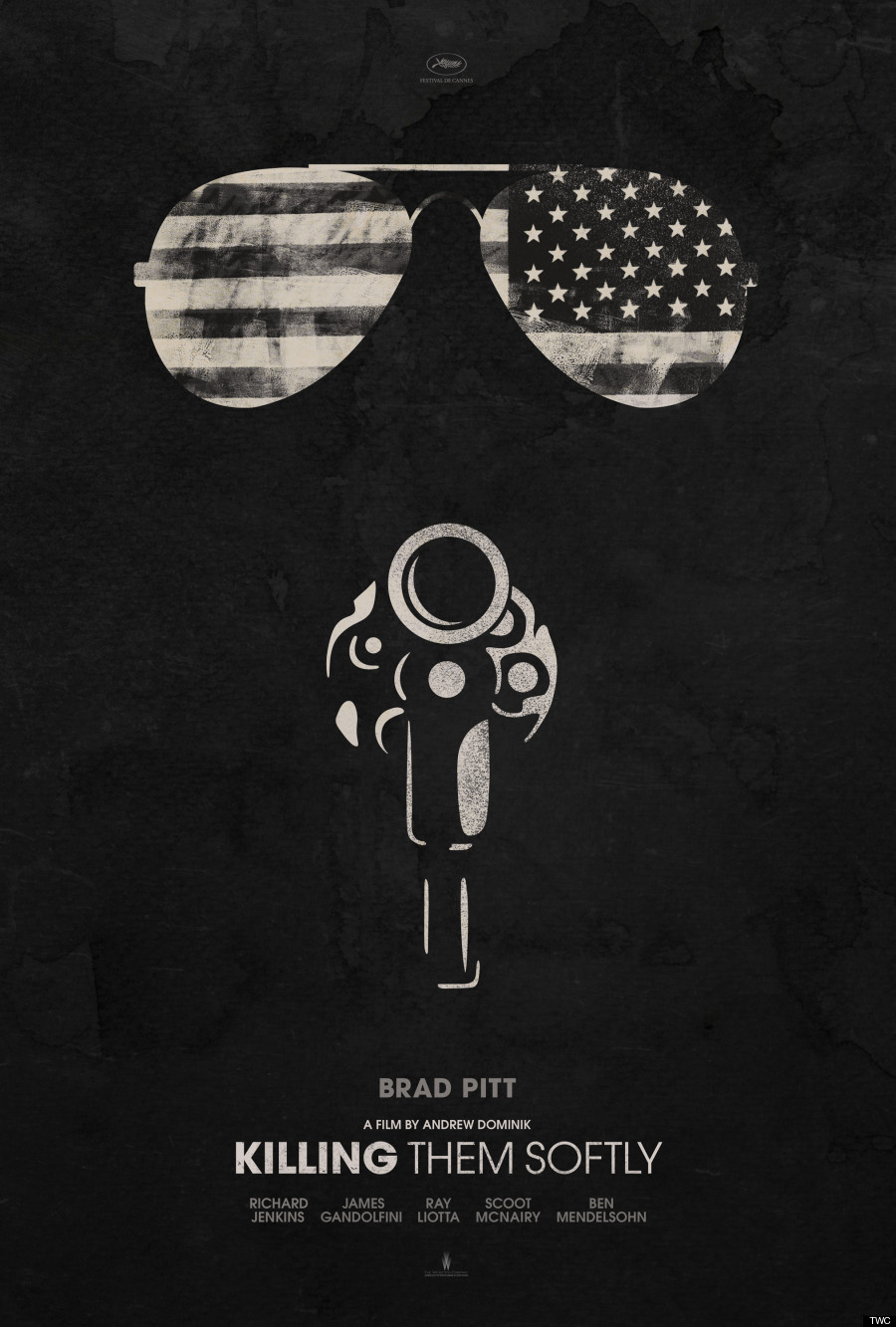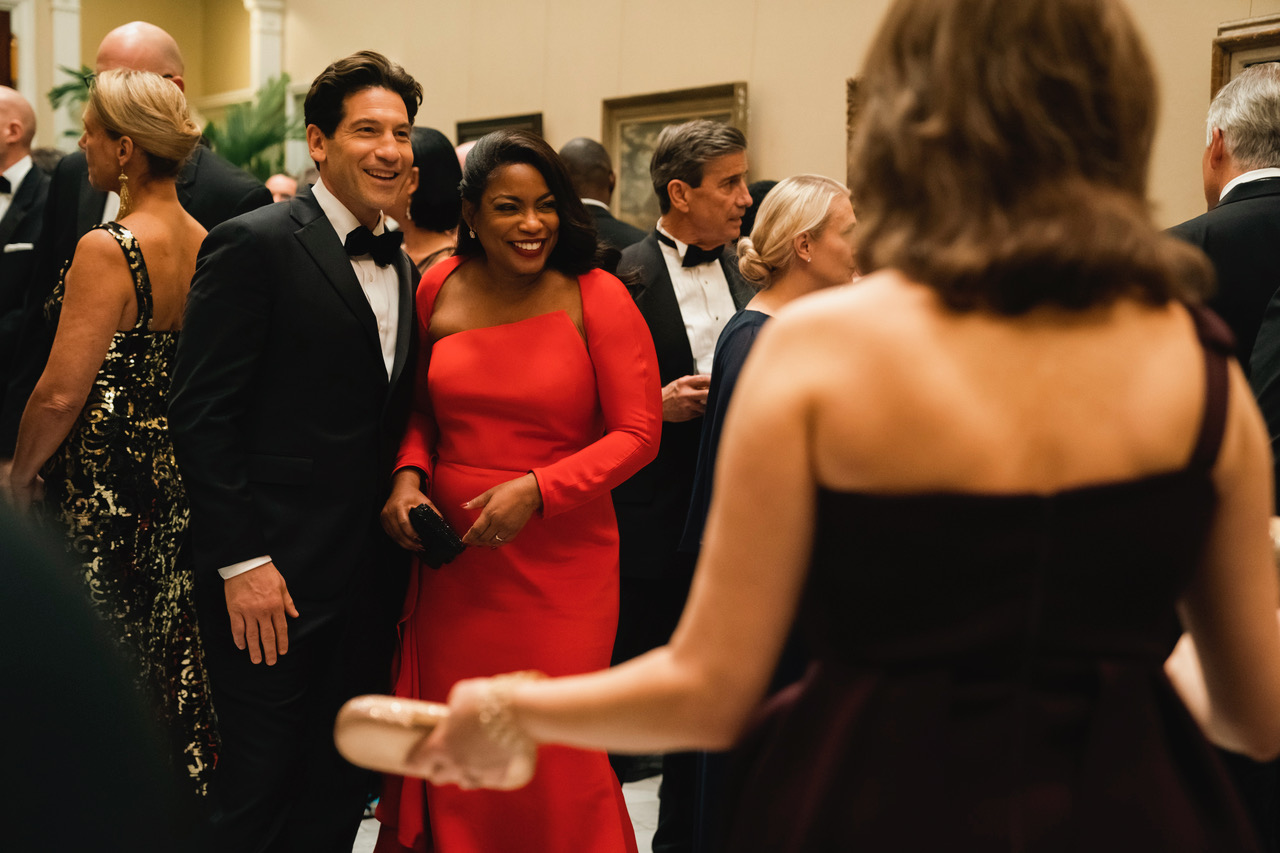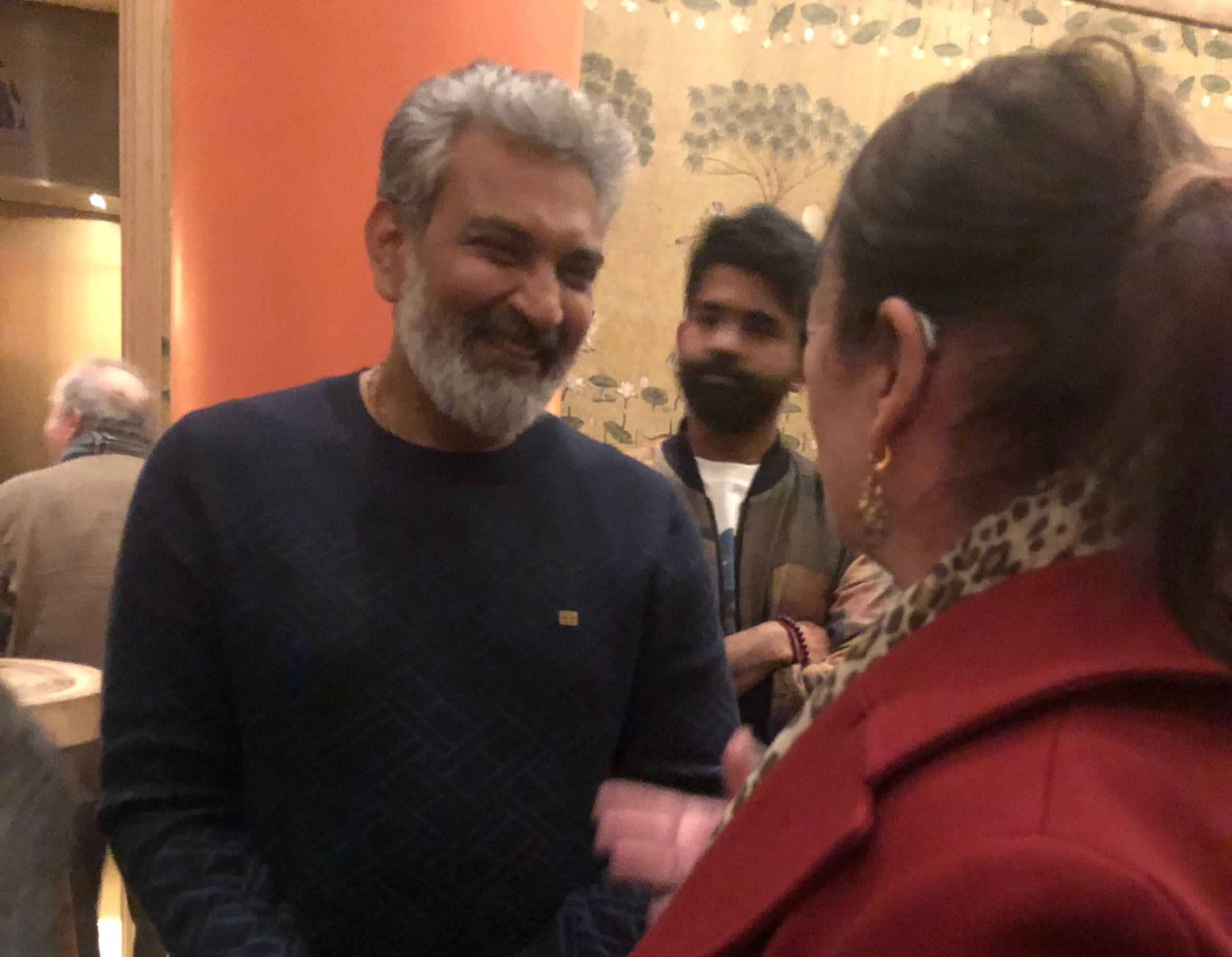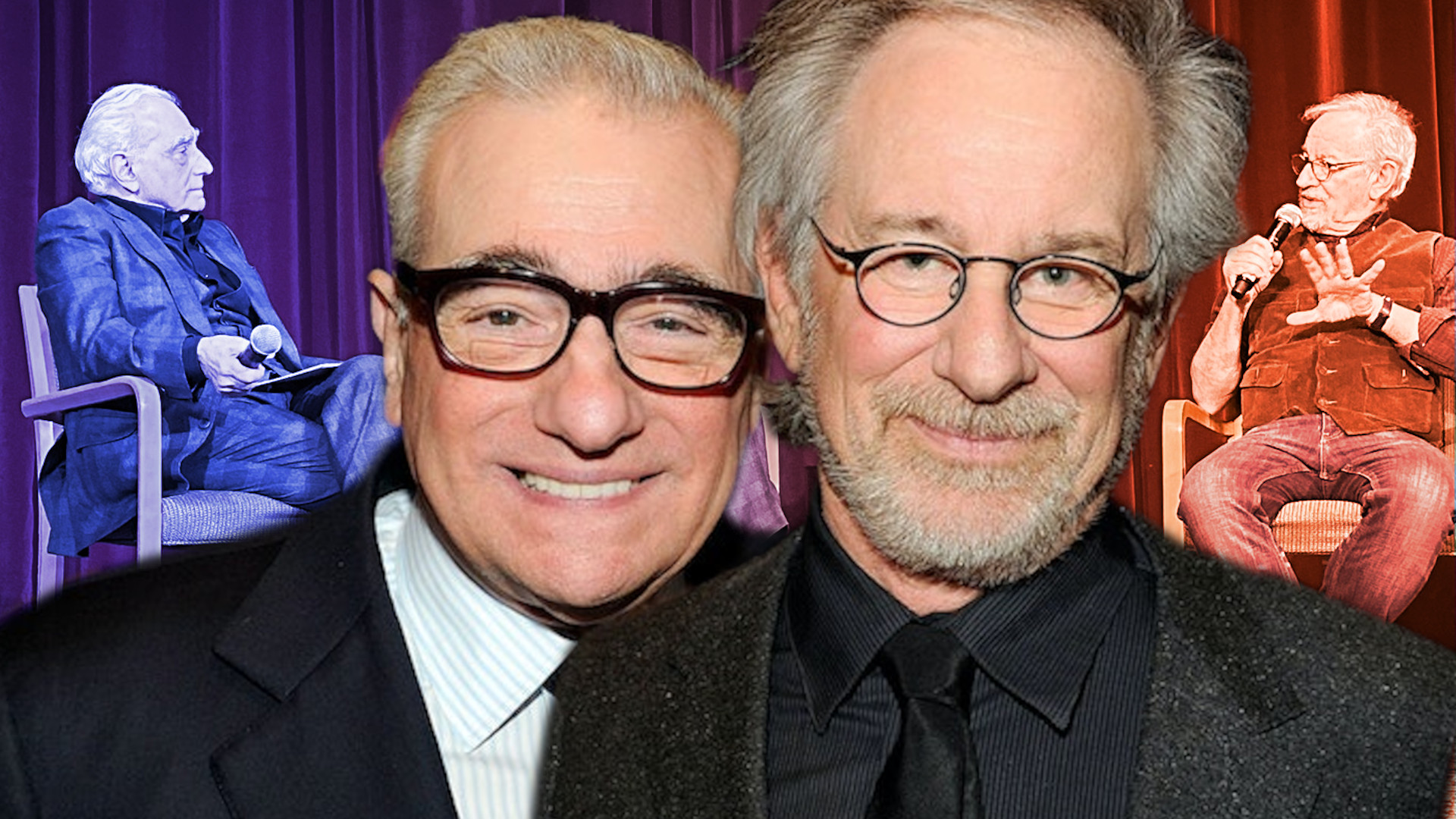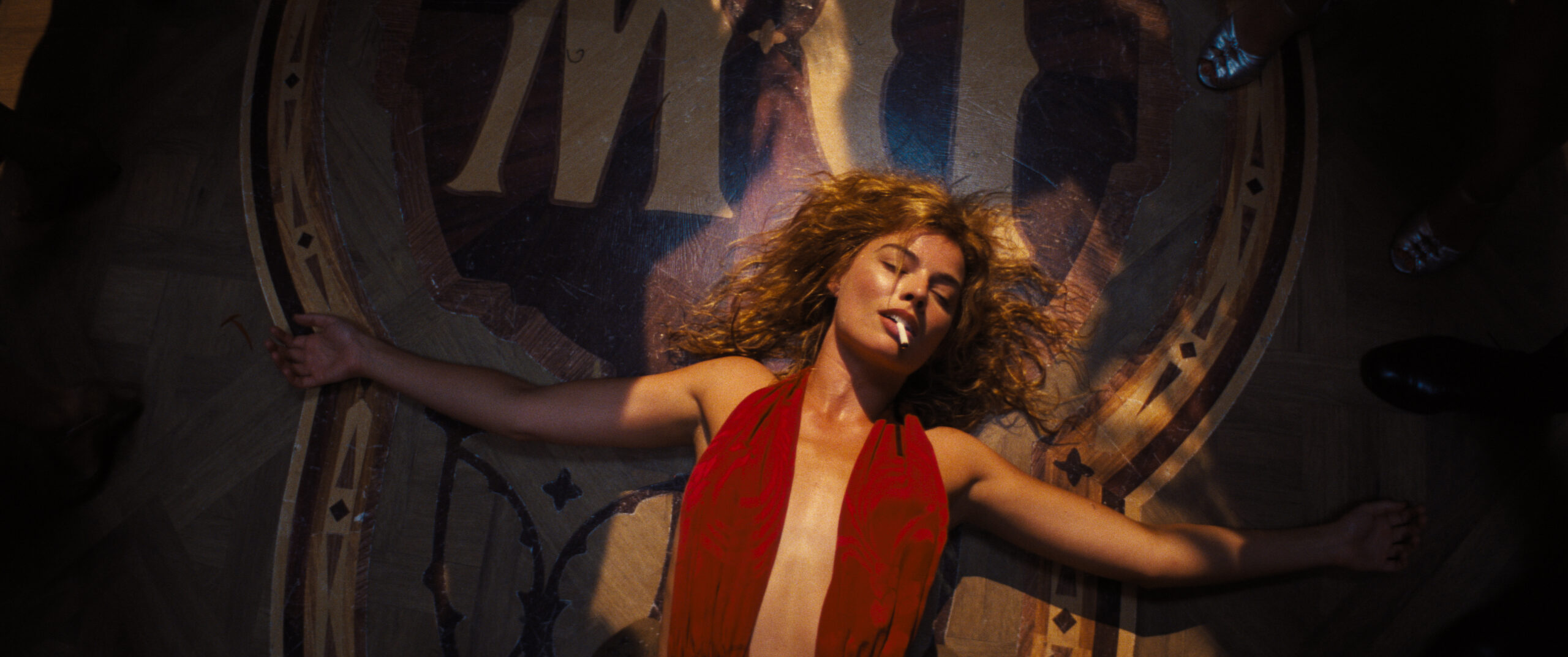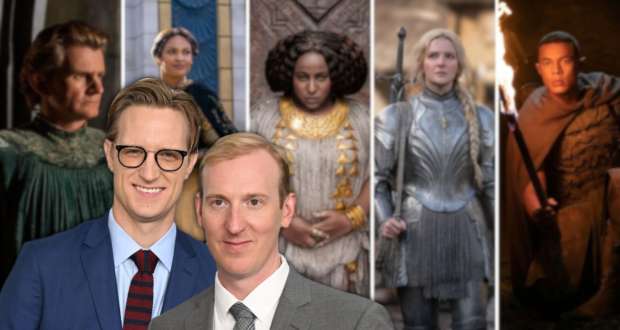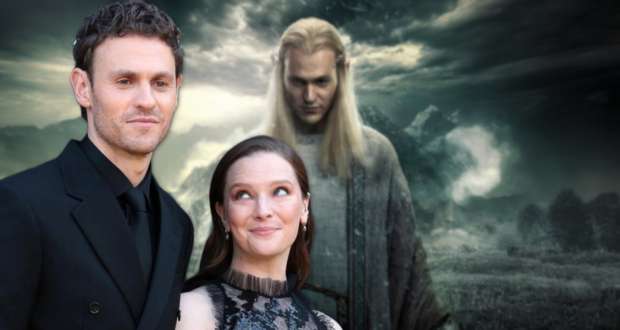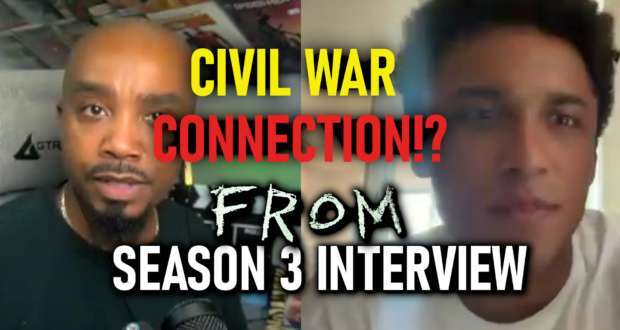
“The Place Beyond the Pines,” Derek Cianfrance’s eagerly awaited follow-up to “Blue Valentine,” is an intimate story about fate and doomed relationships, and fatherhood and legacy, captured with heartbreaking rawness and candor.
Cianfrance was at the Waldorf-Astoria recently for the film’s junket where he talked about teaming up again with Ryan Gosling, who gives another star turn in “The Place Beyond the Pines.” Gosling, 32, plays Luke, a tattooed stunt biker who turns to robbing banks to support his baby with a former lover, Romina, played by Eva Mendes in the kind of gritty performance she delivered in “Training Day.” (Since shooting Gosling and Mendes have been dating).
Bradley Cooper plays the driven rookie cop (Avery) hot on Luke’s tail after a robbery gone wrong. At the same time Avery is desperately trying to escape from the shadow of his father, an influential judge.
I got a chance to speak with the 39-year-old director also spoke about the unusual structure of the film’s stories, which is told as a triptych. The last segment of the movie picks up 15 years after the event that links Avery and Luke together and involves their sons (Emory Cohen and Dane DeHaan), whose lives become fatefully entangled.

Photo courtesy of Joe Seer / Shutterstock.com
Q: Does Blue Valentine seem like another century ago?
DC: I was very thankful I didn’t have to wait a third of my life to make this movie. It was only five years it took to get it off the ground and not 12.
Q: When “Blue Valentine” came out, you were considered an up-and-coming
director. What was it like coming from that to make “The Place Beyond the Pines”?
DC: I had an opportunity, after “Blue Valentine”, to make something else and to have a choice… I had a number of scripts that came to me, and a number of opportunities. I had this film that I had been working on, “A Place Beyond the Pines,” that I had been working on since before I made “Blue Valentine.” I was working on it since 2007. It was another very personal film. I’ve been making films about families. In families I feel there are great secrets and great intimacies, and I think the cinema is also that place for secrets and intimacies because you’re sitting in a dark room and you’re seeing these private lives on the screen.
“Pines” is about fathers and sons. It was about legacy. When my wife (Cianfrance’s wife is video artist and director Shannon Plumb, whose film “Towheads,” staring their two kids, screened at New Directors/New Films festival) was pregnant with our second boy in 2007, I was thinking about all this responsibility of being a father again. I was thinking of my son coming into the world and just wanting him to be born clean, without any of my sins or my wrongdoings. I wanted him to have his own path in life. It became a personal thing.
Q: At what point did you decide on the last part of the movie, about the sons of the Bradley Cooper and Ryan Gosling characters, coming together 15 years later after their fathers’ lives collided?
CF: For 20 years, I had this idea of making a triptych movie. I’d seen Abel Gance’s “Napoleon” when I was in film school, and the end of that film with the three-screen triptych got my mind going and I had this idea of making this film called “The Holy Trinity.” I had notes about that for 20 years…and also about 20 years ago, I had seen “Psycho” for the first time. I had always known there was a shower scene in “Psycho,” but I didn’t know you spent 45 minutes with Janet Leigh before she went into the shower, and that baton pass between characters was kind of a structural thing that was also sitting with me all these years. And then when my wife was pregnant, I was thinking about the literal fire that I was passing, that got passed to me from my father and that I was going to pass to my son. It felt like a baton pass. It felt like a narrative pass and so this triptych it became very clear. It was instantaneous what the story would be and what the structure would be.
Also I have to say I was interested in dealing with violence. I’ve never really dealt with violence in my movies before and I have a little bit of an allergy towards violence, and mostly towards gun violence in movies… I wanted to deal with the narrative violence. I wanted if a gun came into my movie to tell the story of it, so all the events and the adrenaline that leads up to that violent encounter and then the aftermath and the echo because if violence happens to you in your life it doesn’t go away. You don’t have the sanctity of a flashback to go back to go back to a happier time or whatever. There’s no going back from it. I was interested in also telling this American story about tribalism and you’re born into these tribes in America and what happens when these tribes collide and the aftermath. How that echoes throughout, so that 15 years later was crucial to me because that’s the story of legacy.
Q: Talk about Ryan’s contribution to his character and how he shaped his character.
DC: In 2007 I was at his agent’s house and we were having dinner and we were talking about “Blue Valentine.” We’d been writing this script for about six months. I said, “Man, you’ve done so many things in your life. What haven’t you done that you want to do?” And he said, “I’ve always wanted to rob a bank.” I said, “Oh Wow! I’m writing a movie about a bank robber. I said have you given it any thought? How would you do it?” And he said he would do it on a motorcycle cause he could go in with a helmet and no one would recognize him. And then he’d leave on a motorcycle because they’re fast…He said, “Then I’d have a U-Haul truck parked about four blocks away and I’d drive into the back of the U-Haul and people would be looking for a motorcycle, not a U-Haul.”… That’s exactly what we’d written into the script. I knew we were destined to work together because we had similar thoughts. I told him I’d make his dreams come true. You know put him in a movie and he wouldn’t have to go to jail.
But then there are other things. He called me before we started shooting and he said, “Hey D, How about the most tattoos in movie history?” I said you want some tattoos? He said, “Yeah, and I want to get a face tattoo.”… “Face tattoos are the coolest. And this one’s going to be a dagger and it’s going to be dripping blood.”… And that’s why I like to work with actors. They have a great deal of ownership over their characters. I said, “If you’re the dude, you want to get a tattoo do what you want. I can’t tell you how to live.” So the first day of shooting, at lunchtime, he comes up to me and there was something bothering him. He said, “Hey D, can I talk to you for a second?” He said, “I think I went too far with the face tattoo. Do you think we can take it off and reshoot everything?” I said, “Absolutely not. That’s what happens when you get a face tattoo. You regret it.”
Q: What gave you the idea to cast Eva Mendes as Romina, Luke’s (Gosling) lover and the mother of his child? (In real life the two are dating.)
DC: I cast Eva because Ryan suggested I cast her. I’d looked at a lot of women for that role, and I couldn’t find who Romina was going to be and Ryan said, “Well you should look at Eva. She’s a great actress.” I said I agree. I always liked her in “Training Day”. She came to an audition and she was wearing a 1990’s jean, high-waist jeans, the big baggy T-shirt, no makeup on and her hair was a mess. She was trying her hardest to look unattractive. And she was failing, miserably. But it meant so much to me that she was going there, that she was putting herself in a vulnerable position. I said you don’t have to read for me today. Just take me on a ride. Take me to where you grew up. Show me the house you grew up in. Tell me the school you went to. I fell in love with her as a human being. She was scared, definitely terrified of this role, but I relate to that with actors. I don’t relate to a fearless actor or a fearless person. I relate to people that are scared and that are brave enough to confront their fear… I respected her and I gave her the role. On set, they’re both great actors and they were both pushing each other. That’s basically what I saw on set. I don’t know what their relationship was beforehand or afterward except they’re two of my favorite people in the world.
Q: There’s a class conscious in the movie. Was that always the plan? To contrast Luke’s lower class background with Avery (Bradley Cooper’s) upper class family?
DC: Yes. I wanted to speak about the tribes in American. The tribe that you’re born into and what happen when those tribes collide. In terms of Bradley Cooper’s character, Avery, everyone in this movie is trying to avoid something. It’s built around this kind of Greek tragedy, in terms of this idea you avoid your destiny and you end up crashing into it. Avery in this guy who’s grows up as royalty in this town. His father’s a powerful judge, and he’s expected to assume his father’s mantel of success and power. But he wants to be his own man so he becomes a cop. To me he’s never supposed to be a cop. He’s supposed to be his father’s son. But he’s trying to avoid that, so he finds himself in a situation where he’s trying too hard to be his own man… and he makes this mistake and how he deals with that mistake is instead of owning up to it and suffering whatever punishment he would have for it, he avoids that. And he’s still a good man. Instead of dealing with that corruption inside of him, he deals with the corruption outside of him, and he thinks that’s going to go away but it never goes away. It manifests itself in his son and that’s what comes back to get him.
Q: Talk about working with Bradley Cooper.
DC: I knew Ryan would be Luke since the inception of the movie. I had no idea who would play Avery. I was meeting a number of actors. I had a meeting set up with Bradley Cooper. And I was like, who’s that, the actor from “The Hangover”? I didn’t think much of it. This was before “Silver Linings Playbook.” I didn’t think there was really a shot he’d be in the movie, but I would meet with anyone, so I sat down with him and immediately there was something about him that struck me. He seemed to be wrestling with something. There seemed to be something going on in Bradley. The image I had in my mind when I was speaking with him was of a pot of boiling water with a lid on it. As I talked to him, I realized that we were very similar. There were certain things in our past and certain things about families that were twisting up. I was so taken by that meeting that I started thinking Avery again and I kept on seeing Bradley. And I kept on writing it and thinking maybe I could rewrite this character and make the audience feel the same thing that I felt when I first met Bradley, like having my expectations of who this person was kind of be shattered. I started working with this idea of this guy who on the outside is the sexiest man alive, the great American hero, but inside there’s a corruption happening. And inside there’s a toxic shame. And so if I could work with that dichotomy, the external and the internal, a guy who’s paraded around as a hero but inside he feels like the biggest villain. I thought he could work in that gray area. He was a gift to work with in the same way Ryan was. He was an incredibly collaborative actor, too.
“The Place Beyond the Pines” opens in a limited number of theaters on Friday, March 29.
